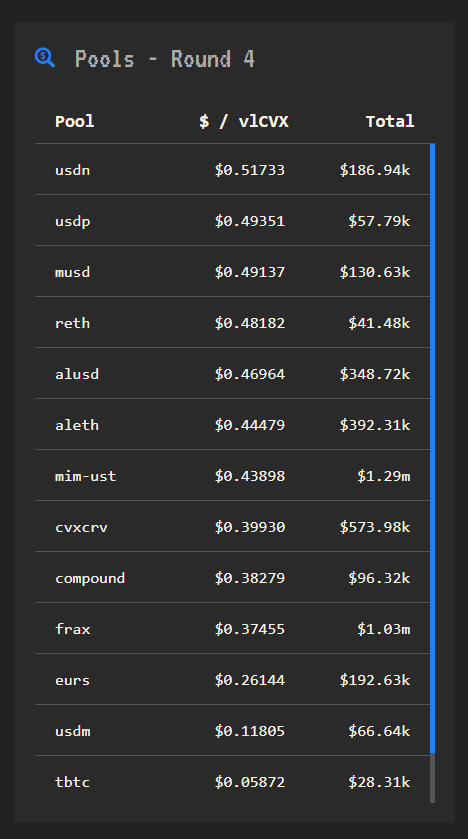The biggest story in the world of stablecoins has officially dropped.
We’re not talking about the US government’s report on stablecoins, which we may dive into tomorrow if no other big Curve news breaks. But rather, the launch of two new Euro pools.


Why is this a big deal? Because we’re watching the much anticipated Curve v2 rolling out before our very eyes.
Curve v1 dealt with like kind assets — ie dollars for dollars, BTC for BTC. For the past year it’s served as the base layer of DeFi. Absent Curve, the degens and she-gens of the world would simply never have felt comfortable transacting throughout the rapidly evolving DeFi ecosystem.
We’ve seen in the recent launch of Curve on various chains. Every place Curve launches, DeFi volume locked explodes. The ability to move funds among like kind assets at high volume and low cost makes it the rails of DeFi.
Sadly, there was no perfect solution for transferring value between one asset and another. Other DeFi AMMs provided clunky solutions based on the inefficient x*y invariant. These were risky bets for liquidity providers, who would often be stuck with an absurd surplus of the less valuable asset.


Users demanded a Curve style low-slippage, low-fee, high liquidity solution: what’s been promised as “Curve v2”.
The launch of TriCrypto in June marked the surprise release of Curve v2. Observers were flabbergasted by the mechanics of this pool. TriCrypto brought Curve style efficiency of trading, and also tracked price movements without any outside oracle. The effect was a pool that can’t be front-run and was immune to oracle attacks. The pool managed to rebalance itself as prices fluctuated. In contrast, other competitive pools required liquidity providers to constantly update positions on-chain and absorb steadily worsening gas costs along the way.
At this point, TriCrypto has been heavily battle tested. It’s successfully operated 24/7 and kept pace with major fluctuations in the prices of Bitcoin and Ethereum. We previously demonstrated how tough it is to hack TriCrypto. With nearly $1 billion sitting in the pool, if the pool was hackable it would have already been hacked.
Hence, everybody is asking when we’ll see a wider variety of Curve v2 pools, or especially a factory allowing anybody to spin up their own pools.
Always providing you the most pleasing form of protection, @crypto_condom explains why v2 pools will be game over for DeFi in this must-read thread.




The launch of EUR/USD pools ushers in the next set of volatile assets. The first new v2 pools were published to Curve’s GitHub repository over the past weekend, which offered eagle-eyed observers a glimpse at what lies around the corner. We dissected this in our quick take yesterday, which we’re unlocking for general readership that the news has spilled.
After 6 months of whinging about Curve v2 not launching, we have evidence that it is finally pushing to prod. Although Etherscan can’t yet handle the latest version of Vyper, so you’ll have an easier time interacting if you use a service like Brownie.
As volume moves through Curve v2, DeFi is going to go to the next level.





Instead of asking when Curve v2, we may soon be asking when Curve flippens forex.





The best answer to “When Curve v2” is to fire back a different question:
“What’s your preferred play to capture the Curve v2 upside? $CRV or $CVX?


The two protocols work in tandem — we’re partial to staking $cvxCRV to earn both $CRV and $CVX, as well as some silly dollarcoins that rapidly evaporate to worthlessness thanks to inflation.
You’ve probably also noticed the intense Convex hype, thanks to the rapidly increasing Votium bribes. We may cover recent Votium trends in more depth shortly, but for now we have to link @0xAlunara’s great dashboard on how to optimize your strategy:



The next 3pool: $CRV 🤝 $CVX 🤝 math

Read Disclaimers! Author is a Curve/Convex maxi. If you like this newsletter, consider subscribing for paid content, with all proceeds to benefit PAC DAO crypto activism:




